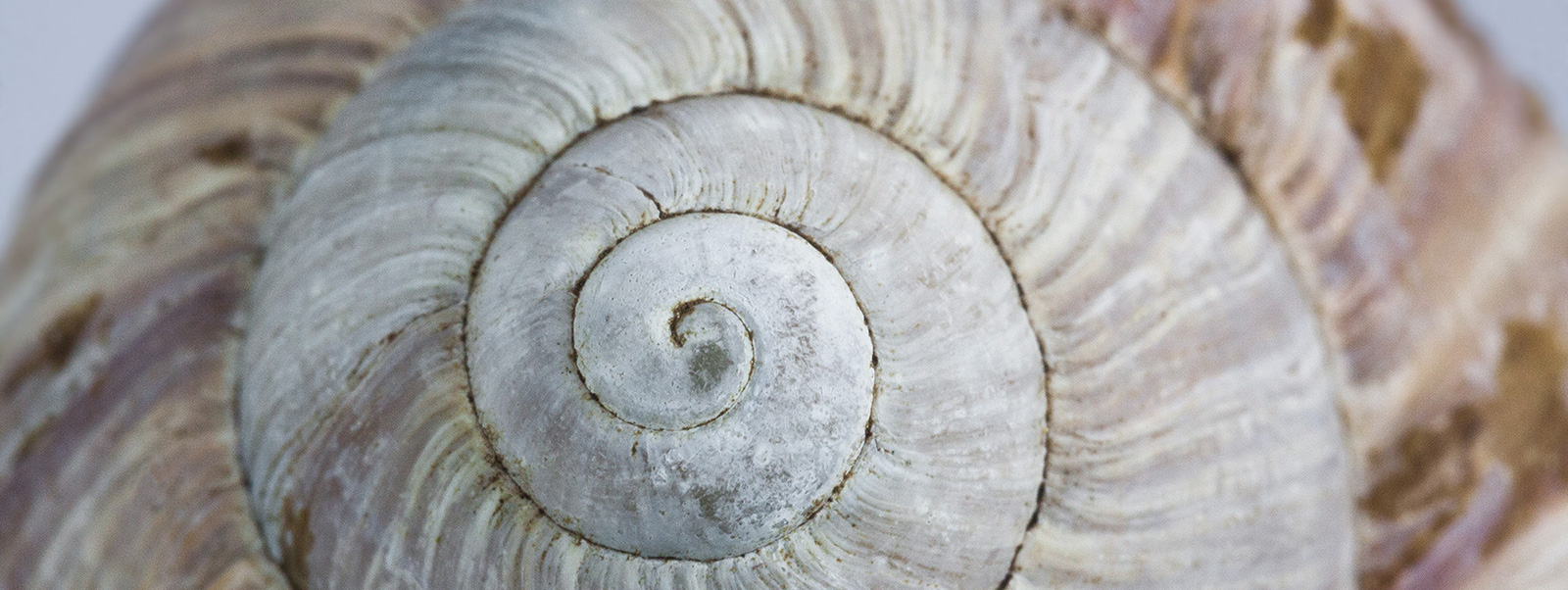Breathe In Breathe Out
 “I am not afraid of death I just don’t want to be around when it comes,” Woody Allen once famously quipped.
“I am not afraid of death I just don’t want to be around when it comes,” Woody Allen once famously quipped.
Each one of us has been or will be touched by Death. The death of someone close to us. The death of someone we may identify with, someone we admire from afar. Eventually, the finality of our own dying.
When someone famous dies, death enters our lives in a way that seems to resonate through the Collective consciousness. I received the news of the death of Robin Williams and felt a wave of sadness. This gifted actor who wore the mask of the magician in the roles he played in his movies, inviting us all to collude in the mystery and magic of play. I didn’t “love” him. I certainly didn’t “know him”. I am aware that the characters he embodied were cartes blanches for my projections.
Amidst the plethora of eulogies and anecdotes for this man I never knew, I wonder if it is the dying of someone we relate to that is unsettling, or is it our own death that we fear when a star that shines so brightly is extinguished. When a god becomes a mere mortal.
There has not been the same public outpouring over the death of 89 year old Lauren Bacall. Men, women and children die every day, pawns on the chest board of war, the thread of their lives cut by accident, disease, or brutal murder.
Donald Clarke writing for the Irish Times, says “millions of strangers found themselves “devastated” and “bereft” at the news. A random sampling of Twitter drags up a surprising number of users who “can’t stop crying” the advent of social media only increased the metaphorical rending of garments. Everybody wants to be seen to care. Expressing implausible grief is a way of communicating your great sensitivity…What on earth is going on? The manufactured sorrow at the death of figures such as Princess Diana or Robin Williams is, to some extent, connected with a need to celebrate one’s own life. Your dad may have taken you to see Aladdin. You may remember sitting exams when the princess’s wedding was taking place (as I did). A little part of your life has just moved away…”
Vladimir Nabokov wrote that “Life is a brief crack of light between two eternities of darkness …” and perhaps when an icon or a “star” dies we are reminded of the brevity of our own existence and that Death walks with us from the moment of our birth.
Do you recall these words spoken by Robin Williams in What Dreams May Come… the story of a man who dies and seeks his wife’s soul in the afterlife to rescue her from hell as she has committed suicide … It’s about not giving up. And yet in our death-denying society there will come a time when the light dims and the glare from the sunshine becomes too harsh, perhaps it is time to surrender and give up. To acknowledge that death is part of the cycle of life.
The Romans kept Death in mind at all times, especially at Life’s peak when we may lose our remembrance of the necessary part of the cycle. So when a military hero triumphantly entered Rome, hailed as a god, standing tall in his chariot, a man wearing the costume and mask of Death stood at his shoulder, saying, “Man, remember you shall die.”
In our hubris, our fear of ageing, our terror of death, we perhaps must remember that our lives are cyclical, like the seasons, the orbits of the planets… and with each in-breathe, each out-breathe, we are moving irrevocably closer to our dying. The ancient Greek philosopher Epicurus (341–270 BC) taught his disciples that in all our human suffering and misery was the omnipresent fear of death. Epicurus advocated a belief that our human death anxiety is not conscious but with us all the time, and it may come thinly disguised by restlessness, accumulation of wealth and power, or excessive religiosity. He embraced the mortality of the soul. With death comes the end of body and soul and mind. In death we dissolve into the blissful tranquility of oblivion, merge into an eternal and boundary-less universe. Socrates who lived a decade before him, believed that after death we pass on to a better life, freed from the shackles of the body. A belief which has become entrenched in the Christian view of something better that awaits us (if we are good) beyond the Pearly Gates. In living we must prepare for death. Perhaps this is the gift in the grieving of the death of a public figure like Robin Williams.
 In safety and aliveness dwell loss and isolation, confusion and unspeakable sorrow. Nothing is static or linear. So whether we believe in an impersonal universe and the sweet oblivion of death, or an afterlife amidst loved ones or hierarchies of angels, death is our life-long companion. Death is our Dark Angel bearing gifts under His wings. Death “itches all the time” says existential psychologist Dr Irvin Yalom. And Lillian Hellman wrote that “it’s a sad day when you find out that it’s not accident or time or fortune but just yourself that kept things from you.”
In safety and aliveness dwell loss and isolation, confusion and unspeakable sorrow. Nothing is static or linear. So whether we believe in an impersonal universe and the sweet oblivion of death, or an afterlife amidst loved ones or hierarchies of angels, death is our life-long companion. Death is our Dark Angel bearing gifts under His wings. Death “itches all the time” says existential psychologist Dr Irvin Yalom. And Lillian Hellman wrote that “it’s a sad day when you find out that it’s not accident or time or fortune but just yourself that kept things from you.”
When we cross the narrow isthmus of fear that links the life we live now with the life we would love to live, the acceptance of our own death “can save us”. When we acknowledge death as our companion, perhaps we can live more authentically, discover how to be alive, how to be fully present, deeply grateful for what we have right here, right now.
Matt Kearney’s Breathe In Breathe Out



